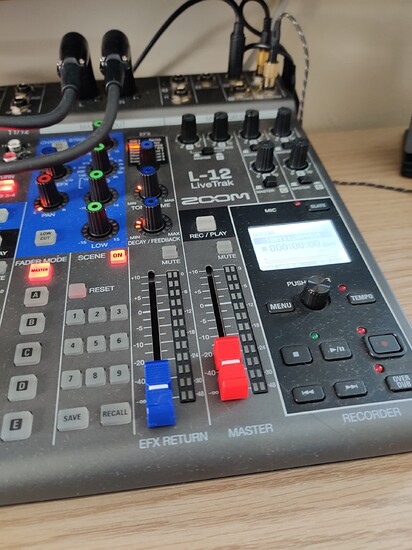Hi all,
This is a cautionary tale of switching to untested, or better phrased as hardware that wasn’t fully burned in or tested over a long period of time. I sold a GTX1070 that was in the Threadripper 1950X rig and decided to route the video and TOSLINK (optical) audio over to my most recent build, an Intel i7-11700K with the Asus ROG Strix Z590-E Gaming WiFi 6E LGA 1200.
In Win10 the SPDIF audio appears as “Realtek XXX” something. No matter. So here’ I’m playing Plex with system volume at 100%, and my Yamaha amp at ~ -2dB and I’m watching “Yellowstone”.
I had only just switched over the day before, and placed Plex (running in Chrome) as paused. Went to the toilet, made some espresso in the kitchen came back.
…and hit play.
The most deafening possible 130-140dB of screeches and thankfully I was quick enough to mouse-click pause again.
Headache kicked in - jumped and killed the Yamaha amp and turned off the powered amp as well. Front standing speakers are 200W RMS, centre speaker is 150W bi-amped (via dual-mono blocks).
I decided to switch the GTX1080 Ti FTW3 EVGA back over to the tried and tested TR system, which has been in use for over a year and I’ve NEVER once had this issue.
TL;DR make sure you install good drivers and make sure you run a trusted system when powering anything as dangerous as a home-theatre setup. Thankfully I live to breathe another day and my hearing is “ok”.
